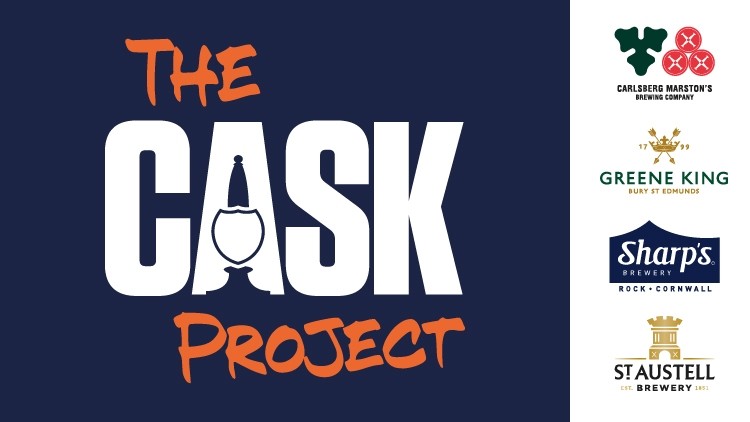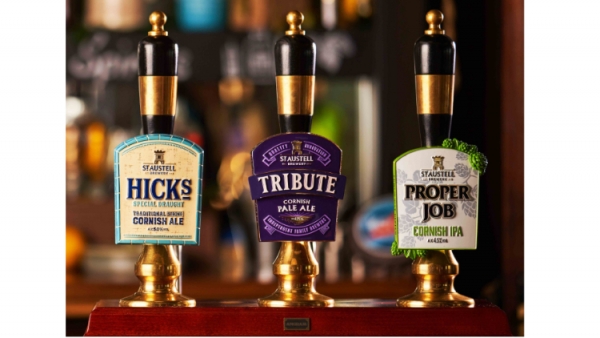the cask project
Top cellar tips to ensure quality cask

Once our brewers have worked their magic and our beer has been successfully transported to pubs, it’s what happens next that makes all the difference.
Cask beer should always be enjoyed within a three-day window – while it’s at its freshest. That’s why communication between pub team members working on shift is so important. We advise our pub teams across the south-west to use notation, which can be achieved by following a simple three-step process.
Firstly, we ask them to make a note of when the beer was racked or put up on the stillaging. This makes sure they’re able to track how long the beer has been settling for and ensures there is no wastage from lively casks. Essentially, it means the sediment has time to fall to the bottom before our cask beers are poured for customers.
Secondly, we ask them to keep a record of when the cask was spilled and tapped, to start the cask conditioning process. Depending on the beer, it can take up to 48 hours, but our own brands generally only need a day.
Three-day window is critical
Finally, always note down when the cask was put on sale so the rest of the team knows how long it’s been available on the bar. It should always be removed after 72 hours – the three-day window is critical to cask quality.
The best way to follow the processes above it through notation. We always recommend a simple whiteboard method, sectioned up to correspond with the racking. This includes the name of each beer at the top, followed by three dates – when it was racked, when it was spiled and tapped, and when it was put on sale.
You could even write in chalk pen on the casks themselves or use individual chalk boards to hang over each cask in the cellar.
Always ‘put your beers to bed’
Another tip I always suggest to our pub teams is to put their beers to bed at night. By this I mean removing the soft peg from the shive and replacing it with a hard peg at the end of every trading session.
This is the equivalent of screwing the top back onto a pop bottle once you’ve poured a glass. You would never leave a bottle open to the elements as it would go flat.
Following this simple routine will ensure the cask is sealed and keeps its conditioning and ‘mouthfeel’.
These are all simple methods but are guaranteed to keep quality top of mind and will make the world of difference to the taste of your cask beer.








